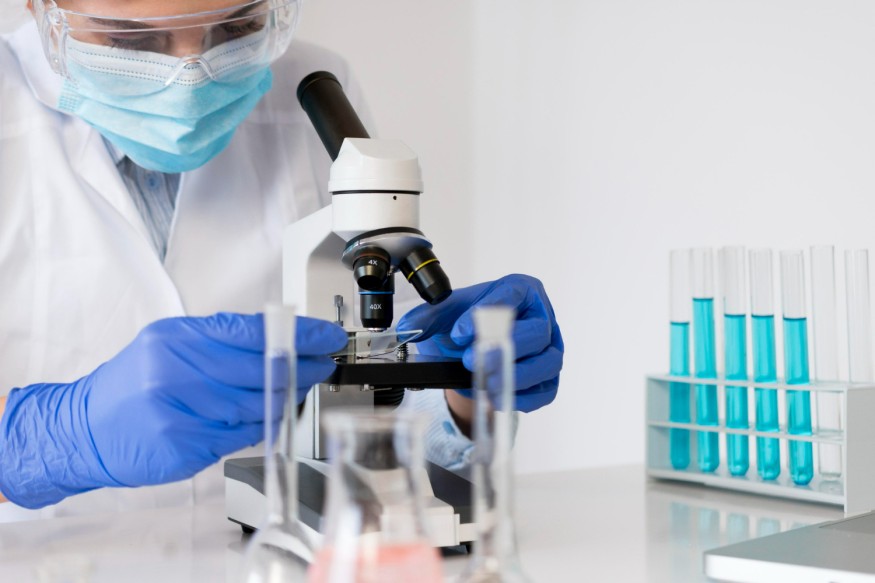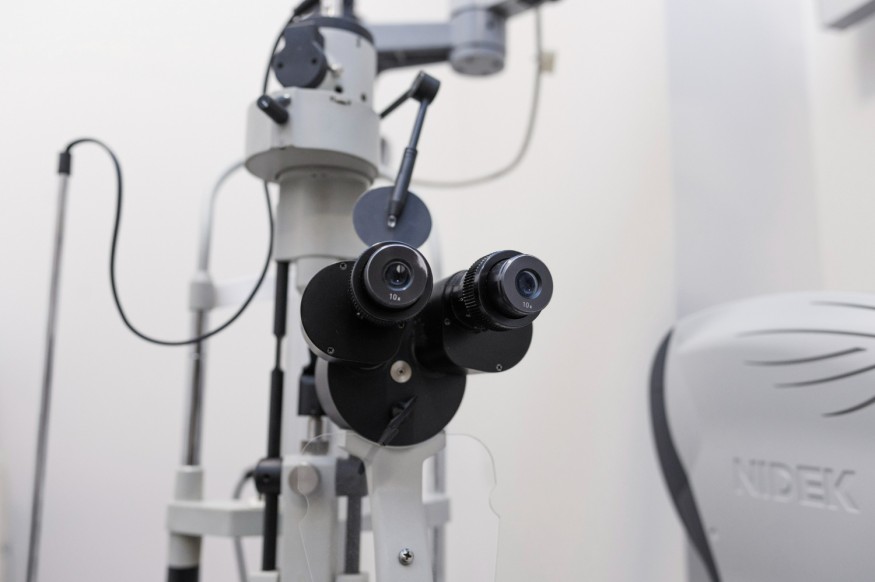
Gene editing is one of the most rapidly evolving and exciting areas of medicine. Since mapping the human genome—or at least 90% of it in 2003—therapies, vaccines, and edits that adapt or alter DNA have become increasingly common.
You have likely heard of CRISPR, but what many do not realize is that CRISPR is just a tool—a revolutionary, pioneering tool; however, it is no longer the only way to gene edit. With increasing research around the world, scientists are developing unique ways to go about gene editing more effectively.
What Is SeekRNA?
SeekRNA is an innovative gene-editing technology developed by Dr. Sandro Ataide and his team at the University of Sydney. It improves upon prior iterations and other gene editing methods to give more precise results.
How SeekRNA Works
The industry standard—CRISPR-Cas9, as the name suggests, is actually two distinct things. Firstly, you have a piece of specially synthesized RNA called guide RNA (gRNA), which is about 20 base pairs long and guides itself to the desired location in order to bind with DNA. Now gRNA knows exactly where to go—the problem? It can't cut the DNA strand to insert its new bases. This is where the second element, known as the cas9 enzyme, comes into play. Cas follows the gRNA and cuts the DNA's double helix so that sections of a sequence can be deleted, changed, or entirely new DNA sequences inserted.
So why is SeekRNA so different? Well, it's the full package: cut, copy, and paste all in one. Derived from naturally occurring IS1111 and IS110 insertion sequences, SeekRNA's high target specificity is achieved through its unique use of noncoding RNA (NCR)-derived seekRNA, which guides target site selection during genetic transposition.
SeekRNA has demonstrated remarkable versatility and precision in experiments, successfully reprogramming target sequences without introducing unintended mutations. The unique transposase used by SeekRNA (known as DEDD) binds to complementary sequences on the target DNA, allowing precise cleaving and insertion of new DNA without the need for additional proteins.
The Benefits
Building on CRISPR's foundation. In simple terms, SeekRNA is a cleaner, more accurate tool with more options and capacity. Eliminating the need for different Cas proteins comes with a range of benefits, like enhanced precision, which reduces the risk of off-target effects that can lead to unintended mutations.
This makes SeekRNA a versatile tool with broad applications, from treating genetic disorders with targeted interventions to a whole host of diseases with a genetic basis, which you will likely realize is a lot. For this reason, university courses, all the way from undergraduate health and biomedical degrees to medicine and DNP programs online, are adapting to include at least the basics.

Current Applications
At this stage, SeekRNA is still in the research and development stage, but it shows great potential. Its precision and specificity have been demonstrated in laboratory settings, showing promise for future applications across medicine. This year alone has seen multiple milestones for gene editing, with new methods like 'bridge editing' where two pieces of DNA in different locations are linked together (by a bridge) to form entirely new sequences. A gene-edited pig's liver was successfully transplanted into a human. And more treatments using gene editing systems like CRISPR-Cas9 are being approved.
All of these real-world applications will benefit from more accurate, reliable, and customizable gene editing tools like SeekRNA—that is, once it leaves the lab.
The Competitors
Calling the explosion in gene editing biotechnologies an 'arms race' is a bit sensationalist but not far off the mark. There are many gene splicing, copying, and pasting technologies that are usually discovered in bacteria; up until now, the majority have been based on different Cas proteins; in fact, there are 287 of these on file, and likely more to be found.
One system that does not use a Cas protein is the CRISPR-ZFN. The ZFN stands for Zinc Finger Nucleases, which are engineered proteins designed to target and cut specific parts of DNA. They combine zinc finger domains, which bind to particular DNA sequences, with a cutting enzyme called FokI. By targeting precise gene locations, ZFNs act like molecular scissors, creating breaks in the DNA. These breaks can then be repaired in ways that allow scientists to add, remove, or alter genes.
Another notable non-Cas system is the Transcription Activator-Like Effector Nucleases, better known as TALEN. Effector nucleases are specialized proteins used for precise gene editing. They consist of two main parts: transcription activator-like effectors (TALEs) and a nuclease. The TALEs are designed to bind to specific DNA sequences, while the nuclease cuts the DNA at these targeted sites. This cutting action creates breaks in the DNA, which can be repaired by inserting, deleting, or modifying genetic material. In simple terms, TALENs function like customized molecular scissors that can precisely cut DNA at chosen locations, enabling accurate edits for research and therapeutic purposes.
What Is Possible
We have looked at what's holding current tech back and what SeekRNA can help with, so what could be possible? In medicine, these advancements could significantly impact the treatment of genetic disorders. By enabling precise genetic corrections, diseases such as cystic fibrosis, Duchenne muscular dystrophy, and sickle cell anemia may soon see breakthroughs that address mutations at their genetic roots, providing curative rather than merely symptomatic treatments.
In the much-needed area of cancer research, improved gene-editing techniques could enable the targeted editing of oncogenes and tumour suppressor genes, leading to more effective and personalized therapies that minimize harm to healthy cells.
Beyond direct medical applications, these technologies hold promise in synthetic biology and biotechnology. They allow for the engineering of microorganisms to produce pharmaceuticals and other complex biological molecules, potentially leading to more efficient drug manufacturing processes.
As if all this is not enough, enhanced gene-editing tools facilitate the development of innovative treatments for infectious diseases by targeting viral genomes with high specificity. As these technologies continue to advance, they promise to transform biomedical research and therapy, offering new solutions for some of humanity's most pressing health challenges and opening doors to unprecedented levels of genetic precision.
© 2025 NatureWorldNews.com All rights reserved. Do not reproduce without permission.





